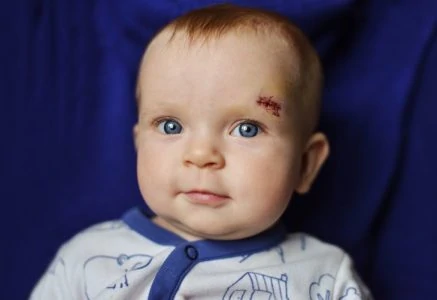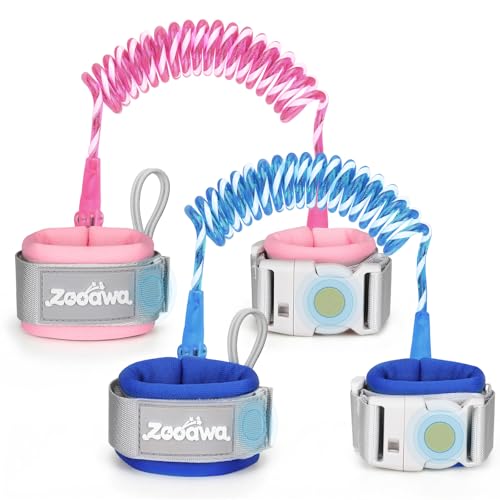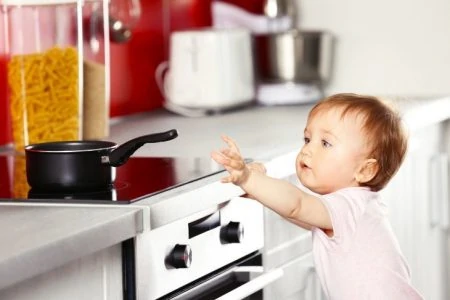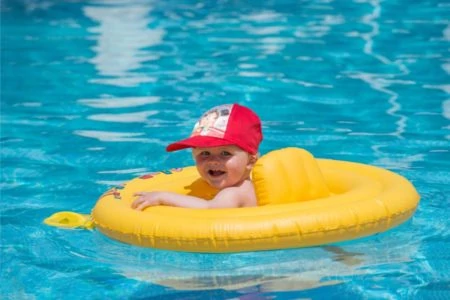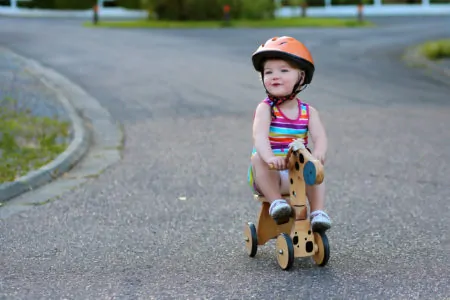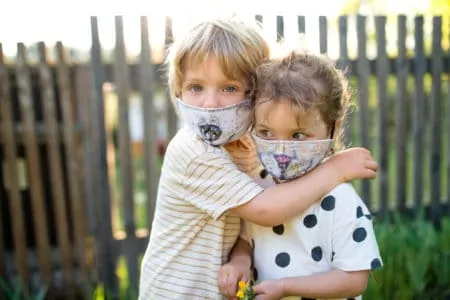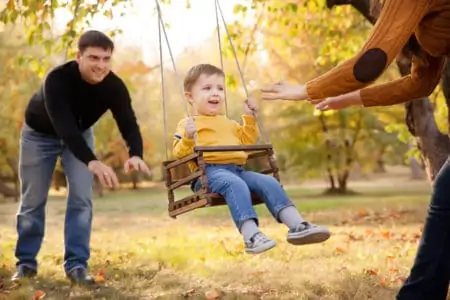Let’s address the elephant in the room. You want to keep your runner safe, but you’re worried about the side-eye from strangers. We get it.
The truth is, a child leash or safety harness is often a vital tool for peace of mind. Whether you have a child with special needs, a lightning-fast toddler, or a trip planned to a crowded theme park, safety comes first.
We analyzed the market to find the most secure, comfortable, and durable options available. This guide cuts through the noise to help you find the right style for your family so you can enjoy your outings without the panic.
- Supports child’s torso
- Has swivel attachment
- Super affordable
- Fun, bright design options
- Waterproof material
- Cushioned straps
- Super-long cord
- Two-layer Velcro security
- Materials for sensitive skin
- Focuses on mom and child’s comfort
- 360-degree attachment
- Leash extends up to 8.2 feet
- Shock-absorbing tether
- Reflective panels
- Lots of room for storage
- Adorable, friendly design
- Adjustable safety strap
- Harness and backpack combined
- Reflective safety tape
- Childproof locking system
- 360-degrees rotating connections
What Are Child Leashes?
Think of a child leash as a safety tether. It connects you to your child to prevent them from darting into traffic or getting lost in a crowd. While the concept is similar to a dog leash, the design is vastly different.
These devices prioritize human comfort and safety. They attach via a backpack, a chest harness, or a wrist cuff. The goal isn’t to drag a child; it is to provide a safety net while allowing them a specific radius of freedom.
Here are the three main styles you will encounter:
- Harnesses: This fits like a vest around your child’s torso. It distributes pressure evenly across the chest and shoulders. This is generally considered the safest option for younger toddlers prone to falling.
- Backpacks: This is a functional toddler bag with a tether attachment point. Kids love them because they can carry toys, and they look less like a “leash” to onlookers.
- Wrist Links: These are coiled cables connecting your wrist to your child’s wrist. They are compact and great for older children, but they require the child to be steady on their feet to avoid arm injuries from sudden pulls.
Addressing the Controversy
Why does a piece of safety equipment cause such a stir?
- Visual Stigma: Critics often compare them to walking a pet.
- Lazy Parenting Myths: Some assume parents use leashes to avoid teaching discipline or hand-holding.
- Physical Risks: If used incorrectly (like tugging hard), there is a risk of falls.
However, safety experts focus on the result. Preventing a child from running into a busy street outweighs the opinion of a stranger in the grocery store.
Fact Check
Is a Child Leash Right for You?
Every child is different. Some stay by your side; others are “runners.” Consider these factors to decide if a tether is necessary for your situation.
Product Reviews
Wrist links are controversial, but for the right age group, they are highly effective. They are best for children aged 3 and up who listen well but might get distracted. They are not recommended for toddlers who drop their weight or refuse to walk, as this can pull on the arm socket.
Zoowa Anti-Lost Wrist Link
Long and Secure
The Zoowa wrist link focuses on security. Clever toddlers can often undo Velcro, but this model uses a double-layer Velcro system that is difficult for little fingers to peel back.
The coil extends significantly, giving your child the illusion of freedom. The core is stainless steel, so it won’t snap under tension. The cuffs themselves are lined with a sponge-like material to prevent friction burns on the wrist.
It comes in a pack of two, which is great for keeping one in the car and one in the diaper bag. The swivel head rotates freely, so the cord doesn’t wind up like a telephone wire.
Pros
- Double-layer Velcro prevents escape.
- Steel core cord is durable.
- Soft padding inside cuffs.
Cons
- Requires two hands to put on securely.
Our Ratings
Dr. Meter Wrist Link
Great At Night
The Dr. Meter link takes security up a notch with a key-lock system. The child’s wristband cannot be removed without the key, which is attached to the parent’s wristband. This is a game-changer for Houdini children or kids with sensory issues who constantly try to remove the cuff.
Safety extends to visibility as well. The cord and cuffs are threaded with reflective material, making you visible to cars during evening walks.
The cord is available in different lengths (up to 8.2 feet), giving you control over how far your child can roam. The connections are robust and designed to withstand sudden pulls.
Pros
- Key lock system prevents removal.
- Reflective materials for night safety.
- Cut-proof steel wire.
Cons
- Must keep track of the key (on parent cuff).
- Longer cords can trip people in crowds.
Our Ratings
How To Use Child Leashes Safely
A leash is a tool, and like any tool, misuse can cause injury. Follow these guidelines to ensure safety for your child and those around you.
- Check the Fit: A harness should be snug but not tight. You should be able to fit two fingers between the strap and your child’s body. Check for rubbing under the armpits.
- Never Leave Unattended: A tether is a strangulation hazard if the child is left alone. Never tie the leash to a stroller, bench, or shopping cart and walk away.
- Watch for Tripping: The slack in the cord can trip your child, you, or strangers. Keep the line managed. If you are in a dense crowd, shorten the leash to keep your child directly beside you.
- Practice at Home: Don’t make the airport the first time you try it on. Let your child wear the backpack or harness around the house to get used to the sensation. Make it a positive game, not a punishment.
Child Leashes FAQs
The Bottom Line
Safety looks different for every family. For some, holding hands works perfectly. For others, especially those with runners or multiples, a tether is a literal lifesaver.
Our top recommendation is the Mommy’s Helper Kid Keeper. It offers the best balance of torso support and security without breaking the bank. If you prefer a more discreet option that gives your toddler a sense of duty, the Skip Hop Zoo Backpack is a durable, fun choice.
Parent To Parent



